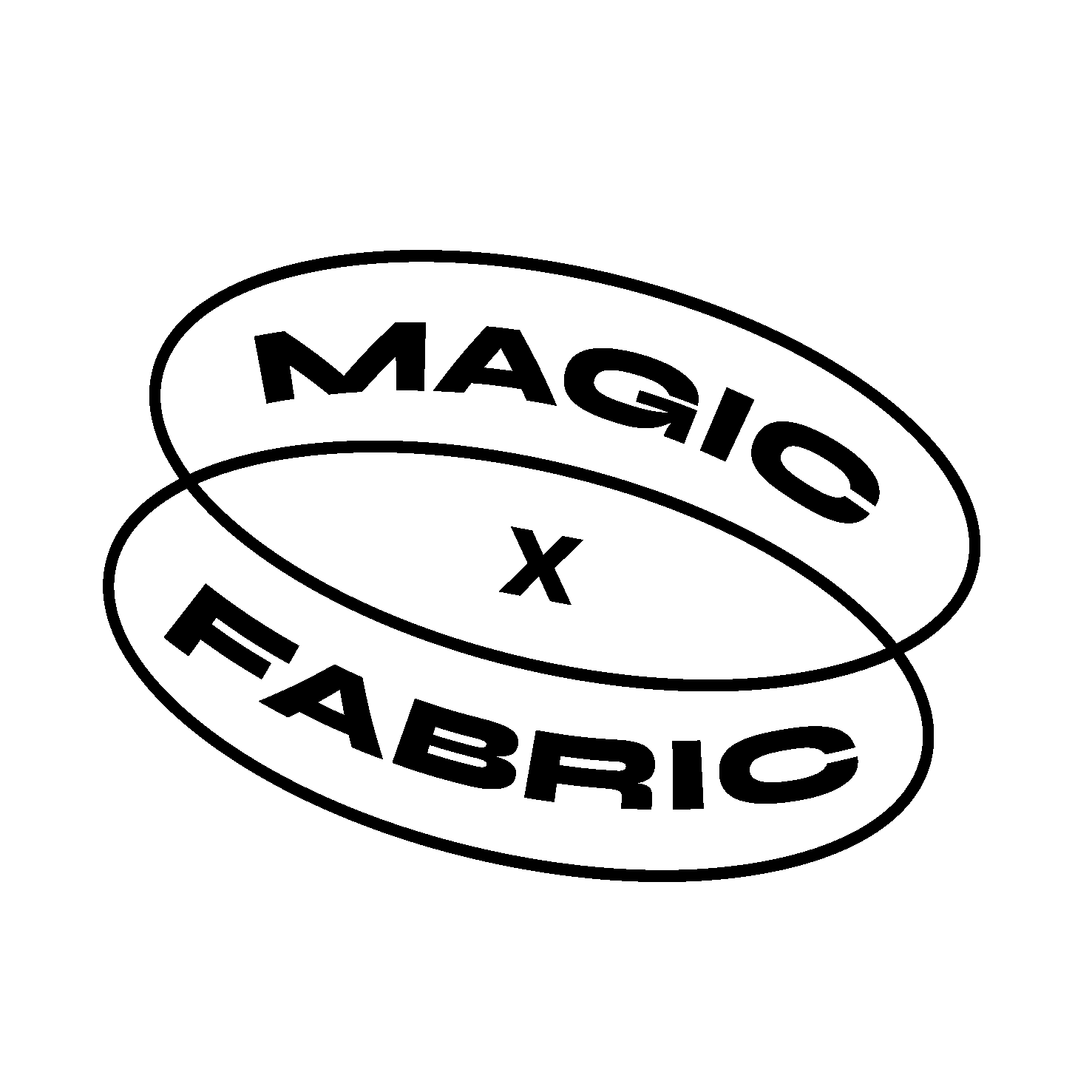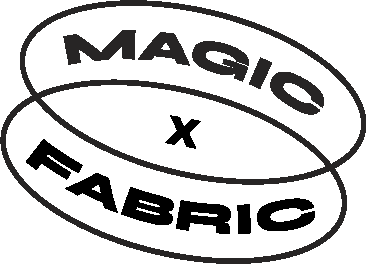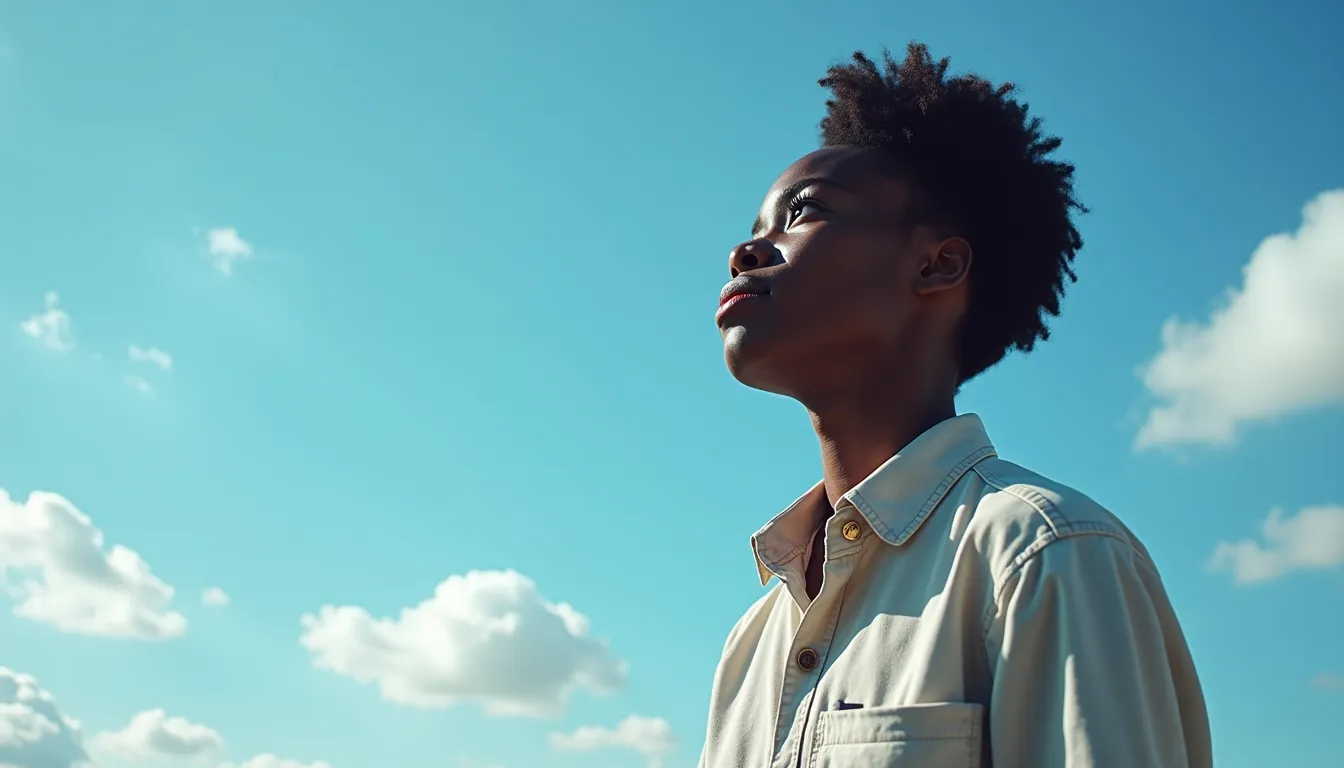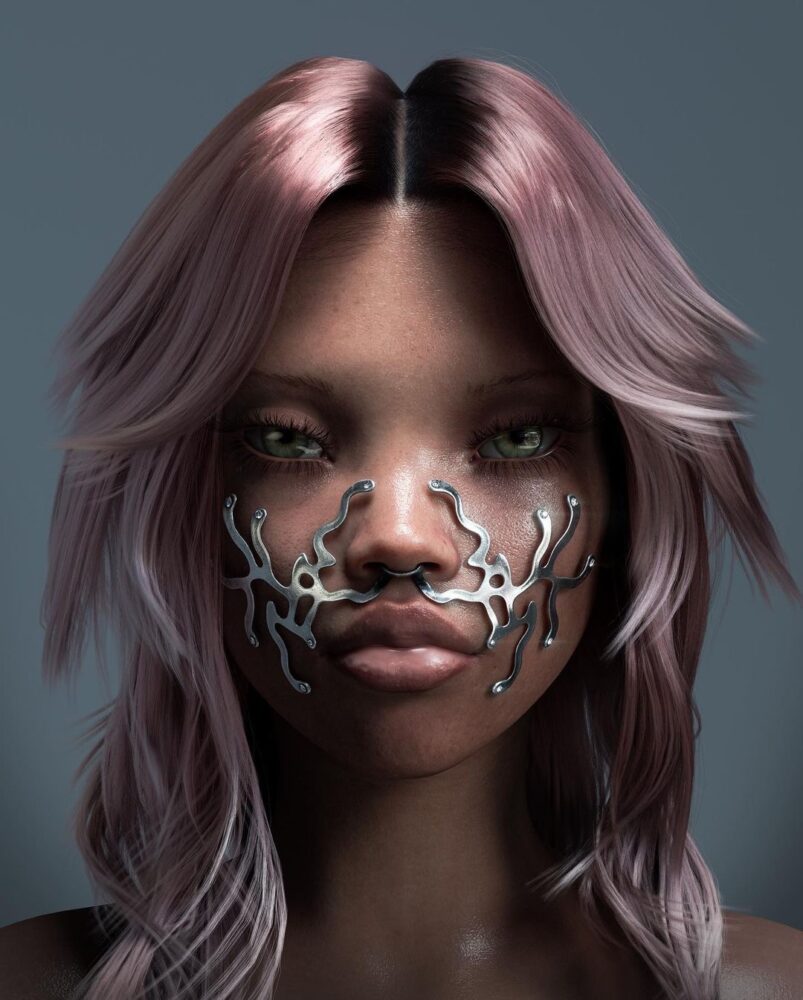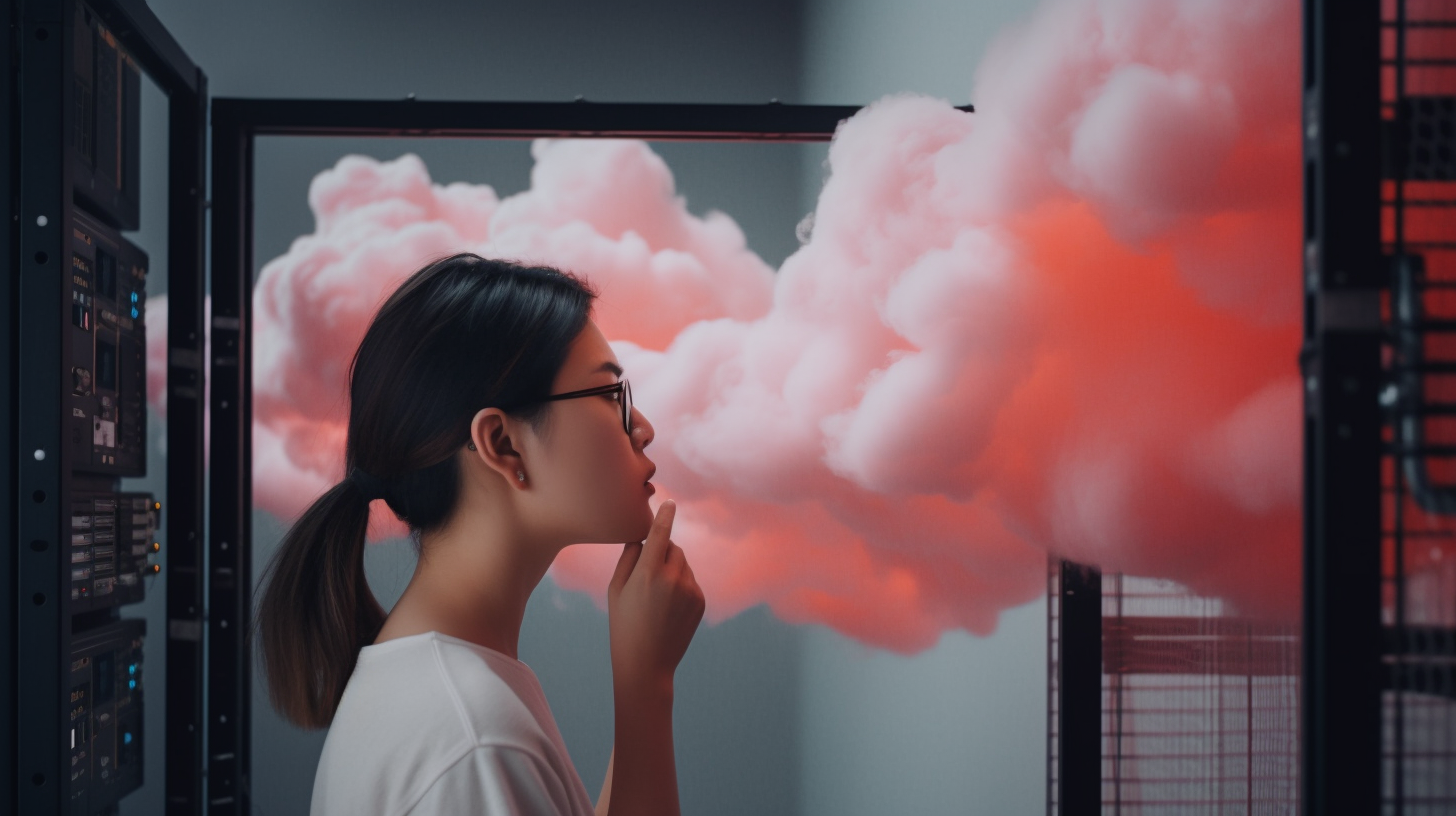
4 Tips to Thrive as a Creative in the Age of AI
AI is getting better at creating content that resembles human creativity, from music to art to writing. Does that make you fear for your future as a creative? Don’t panic. You can still harness your unique human potential and stand out from the crowd. In this post, we’ll give you tips on how to use AI as a tool rather than a threat and thrive as a creative in the digital age.
Tip #1. Get ready to learn new things
AI is not your enemy. It’s a tool that can help you become more productive. Embrace AI and learn how to use it well, rather than running away from it or being afraid of it. This does not stop you from challenging or criticizing how you utilize technology, as it might present certain problems and shortcomings. However, avoid being the person who falls behind and complains. Take the lead and start experimenting. If you’re concerned that creatives will have their work stolen for data training, you could be able to organize an internal team at work to look into tools and strategies for handling this specific issue. Alternatively, look into ways for incorporating the company’s artwork into your own dataset and expand upon it. Join the conversation and learn as much as you can about the tools at your disposal. That way you’ll make smart choices.
You can try out tons of AI applications and access them through a variety of platforms and tools. You can make text content with chatGPT, videos with Runway ML, and graphics with Adobe Firefly, for instance. You can experiment with various styles and formats, come up with ideas, and in general; save a lot of time by using these tools. To generate really good and compelling material, however, you still need to rely on your own discretion, taste, and originality. You shouldn’t rely on AI to take care of everything. Use it as a source of inspiration, feedback, and prototyping, not as a finished product.
In March 2023, followers of Magic Fabric’s Instagram were asked about their views on AI and the future.
Tip #2: Master the skills that AI cannot yet match
AI may be a good imitator of human creativity, but it cannot replace it entirely. But you can’t rely on your craft alone anymore. In the age of AI you need to excel at driving the strategic and conceptual direction of your work. Humans are better than machines at being human, and you’ll better understand what humans like to see and feel because you have empathy – the ability to understand and connect with your audience’s emotions, needs, and desires. Human beings also have the ability to set goals, prioritize tasks and manage resources. So if you’re a junior creative today, take on the role of a director and look at AI as your resource and try to think of the most efficient way to get it to produce great work, or even have it suggest new directions in your work that you had not thought of before.
Tip #3: Collaborate with other creatives and build strong networks
While AI could be able to produce content on its own, it is unable to interact socially or work with other creatives. Human creativity requires social skills and collaboration. Learning from others and acquiring fresh viewpoints enables you to come up with original concepts and answers. It assists you in developing your reputation and network, both of which have importance that is sometimes overlooked.
To effectively practice social skills and cooperate with others, you must be able to listen intently, speak clearly, provide and take constructive criticism, respect diversity, and settle disputes smoothly and quickly. Networking both offline and online with other creatives who share your vision or enhance your abilities is key. You’ll also feel better and be in better health in your professional life as a bonus. People are designed to work in packs, but machines are not.
Results from Magic Fabric’s Instagram polls.
Tip #4: Keep learning and adapting
But remember: these are not facts, but guesses. They are based on what we know today about AI and its limits. AI is changing fast and breaking new ground every day. It surprises us and proves us wrong often. So we cannot say for sure what AI can or cannot do in the future, as things are always shifting and improving. For instance, some things that we think only humans can do now may be done better by AI later, thanks to new methods and technologies. On the other hand, some things that we think are simple for AI now may turn out to be hard and tricky later, because of moral, social, or technical problems. So be ready for a bumpy road. But also acknowledge that it’s an incredibly exciting historical shift we are facing and that creative capabilities have by many experts been considered as one of the hardest human skill sets to fully replace with machines. And even if they did – would you still not be creating?
